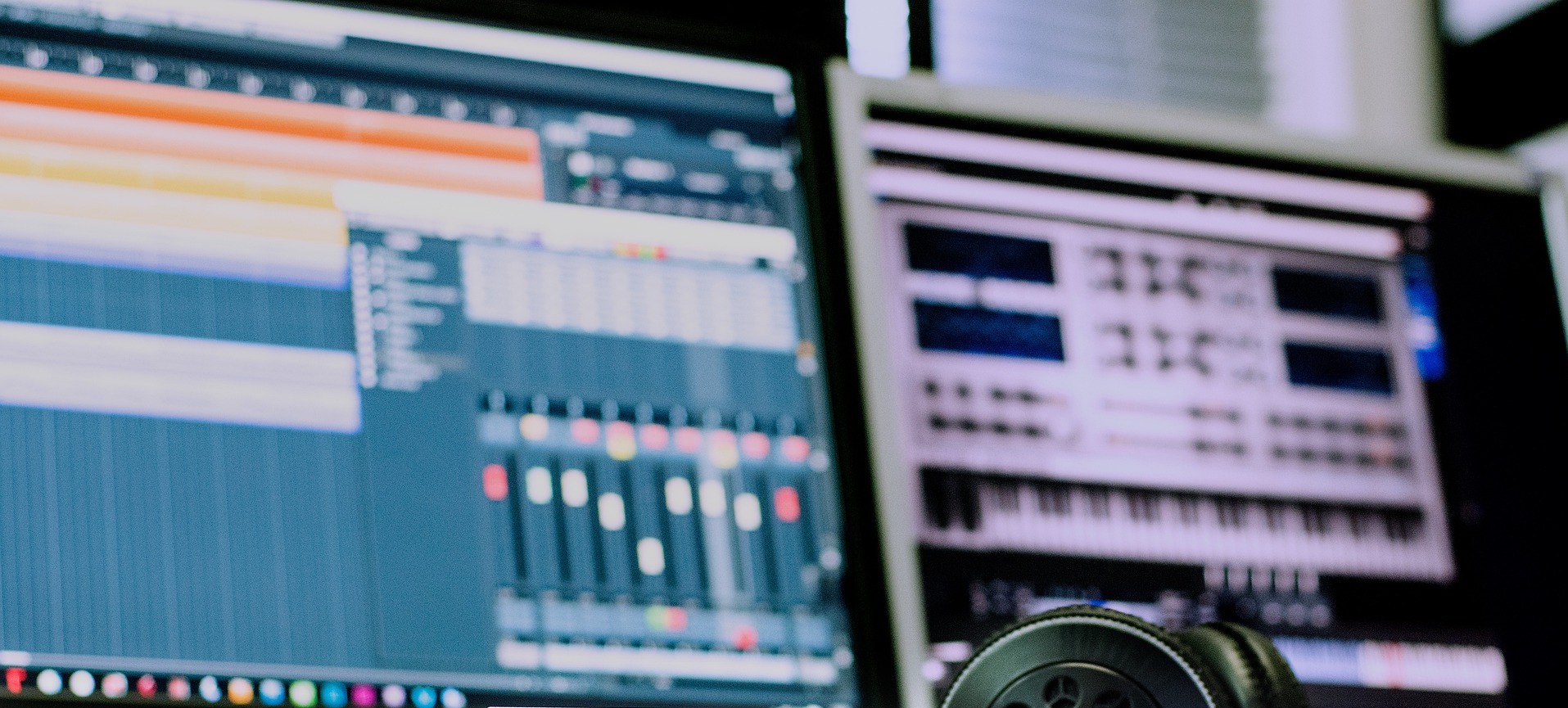Here are some tips on how to prepare your mixes before sending them to mastering!
File formats
We accept all of the common audio file formats, and prefer Wave or AIFF.
Bit depth should be 24 bits or 32 bits, but 16 bits is fine as well if that’s what you have.
Don’t use any format with lossy compression, like for example MP3, AAC, WMA etc.aw
The sample rate should be the same as the sample rate that you have used while recording and mixing, usually 44.1 – 192 kHz. Don’t do any sample rate conversion on your mixes before mastering unless there is a good reason to do so. We can work with whatever you send, and we will make sure that any conversions are properly done when needed.
Naming and zipping
Please name the files clearly, with at least the song title. Also make sure to identify different versions of the mix, with something like a version number and/or date and time.
Before delivering the mixes to us, please put them all in a folder named with the artist name and record title, and compress the folder to a zip-file.
Sending a zip file to us is usually easier than uploading lots of individual files. The zip format also makes sure that the files arrives safely, as the built-in error checking will warn us if there were any errors during the transfer.
Stems
If you want to send stems, please make sure that all the stems have the same starting point, and that the sum of all stems is the approved mix.
Make sure to disable any loudness normalization when exporting stems, as this will destroy the level balances between the stems.
Processing on the mix bus
Use whatever processing you need on the master bus to achieve the sound you are looking for, but please leave the limiter or maximizer off. If you want your record to be loud, please note that it is usually easier to get a loud, punchy and clean master if the mix is not already peak limited.
If you do want to use limiters or maximizers on the mix bus, then feel free to do so. Use whatever means necessary to get the sound that you want – this is art after all. If you want to, you can always send us two versions; one maximized, and one clean. We can then use your maximized version as a reference while working with the clean version. More often than not, you will get an even louder and cleaner master in the end, if that’s what you want.
Make sure that the mixes aren’t audibly clipping, unless that’s the sound you are looking for. Keep the peak levels below 0 dBFS.
If the mix will end up on a vinyl record
If the mixes will end up on vinyl, then you might want to be extra careful with excessive sibilance and harshness. Use a de-esser where needed, and keep the upper-mids in check. We will usually address these things during mastering, as the things that are problematic on vinyl often won’t sound that good on any format. You will often get the best result by taking care of this already in the mix though.
Also note that wide or panned bass might sound different and narrower after the vinyl master has been cut. Check your mix in mono and make sure that important elements in that area are still present. There is no need to make the low end mono beforehand, but the cutting engineer might choose to reduce the width of the low-end while cutting. So you might be up for a surprise if your mix and/or arrangement relies on wide-stereo bass.
Also make sure to check out our other article about masters for vinyl cutting.
Check the mixes before sending
Other than that, just make sure that the mixes sound as close as possible to how you want them to. Take the time to check all of the exported files before sending them to us. Listen carefully for any clicks or dropouts, and check that the beginning or end hasn’t been cut off.
We will take it from there. 🎶



